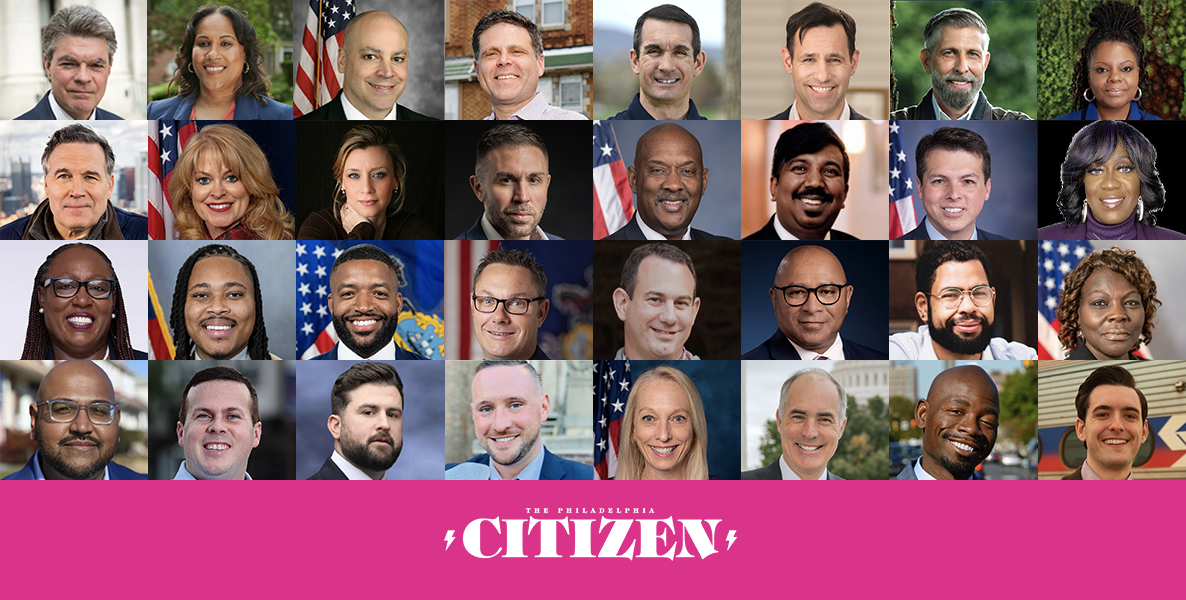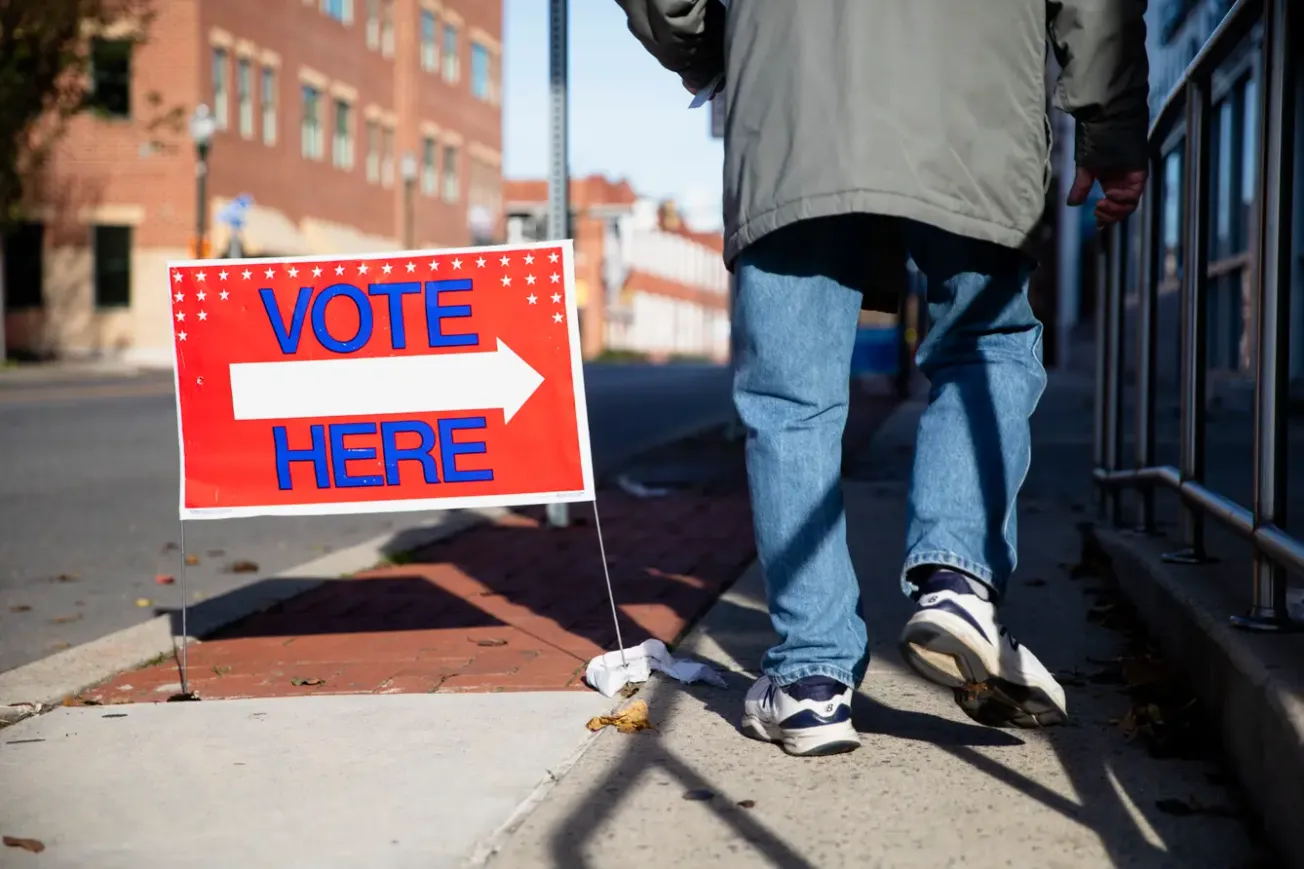Editor’s note: Names marked with an asterisk (*) are those of people who requested we use their first name only due to the sensitivity of the subject matter.
For more than a year, Jolene* was living on Emerald Street in the encampment at the intersection of Emerald and Lehigh Avenue. She felt that the underpass there was the safest place she could stay and sleep while struggling with homelessness and drug use. She wasn’t aware of any other options for someone in her situation.
But in December, Pathways to Housing PA offered to move Jolene into her own apartment. Pathways, which uses the housing-first model and a harm reduction approach to serve people experiencing chronic homelessness, told her she didn’t need to stop using drugs before she moved in.
Jolene accepted their offer, and now her days are busy with recovery, traveling back and forth from therapy sessions and health care appointments. Her home gives her the foundation needed to heal.
“It’s motivation in a positive direction that I didn’t have before,” Jolene said. “I never saw this day coming. I had no reason to stop. I had no reason to do better.”
Now, Jolene is excited to start working towards her goals. She wants to go back to school, finish her degree in psychology, and one day work with children. Her adult daughter is still struggling to break out of homelessness and addiction in Kensington, and Jolene hopes that the housing-first model will allow her daughter to heal, too.
Between 2017 and 2018, the number of people living on the streets of Kensington more than doubled from 271 to 703. Many of the people experiencing homelessness in the neighborhood — especially in the four encampments cleared last year by the city — struggle with addiction. But organizations like Pathways that use the housing-first model have seen a lot of success.
The housing-first model is guided by the belief that individuals need basic necessities, such as food and housing, before overcoming other obstacles. It provides permanent housing to give people a stable living environment as they work toward other goals, such as recovering from the loss of a job, problematic drug use, or mental health disorders.
“We need a safe, secure place before anything else can happen,” said Matt Tice, the director of clinical services at Pathways.
Through Pathways, participants are matched with apartments and landlords in scattered sites across the city with no preconditions like sobriety or income status. The only requirement is that they have to agree to work with the organization’s clinical team to work toward restoring their lives and health while they live there. Pathways provides its housing and services to participants for free through funding and support from donations and their partners.
Since 2008, Pathways has served over 800 people, and currently has 435 in its program. The organization has an 85% housing retention rate, meaning 85 percent of participants they accommodate retained housing for more than five years — and those success rates are not unique.
According to the National Alliance to End Homelessness, housing-first permanent supportive housing models have shown retention rates of up to 98 percent. Permanent supportive housing provides financial housing assistance combined with voluntary support services.
Research has also shown that Pathways serves the broader community by saving them money. A study by the Scattergood Foundation found that people used significantly fewer publicly funded emergency services the year after participating in Pathways than they did the year before participating. This saved the city $4,219 per year for each participant.
Referrals for Pathways’ participants come through the Department of Behavioral Health and Intellectual disAbility Services (DBHIDS). Outreach teams spend a lot of time building long-term relationships with individuals who are living on the streets or in shelters.
According to Tice, a participant pulled him aside at Pathways’ 2018 holiday party. They told him that while many people offered their assistance, there was often a lack of consistency and follow through. The fact that the outreach teams continued to show up is what ultimately led the participant to accept help.
Another notable difference between Pathways’ model and other traditional housing system models is that rather than providing a single large complex or space to house participants, Pathways matches them with individual landlords. Tice said this minimizes some of the effects of NIMBY (Not In My Backyard), a common opposition from residents who don’t want stigmatized populations living in their community. By scattering participants across neighborhoods in the city, people have a little bit more privacy when it comes to the struggles they’ve faced.
“We want [participants] to feel integrated into the community and that they have their own choice,” Tice said.
Once people are working with Pathways, they have access to a wide variety of resources to help them on the road to healing, such as social workers, certified peer specialists, psychiatrists and disease specialists. After they’re settled into their new homes, they generally engage more with the resources Pathways offers, Tice said.
While the housing-first model is undoubtedly effective, it’s no silver bullet and has its limitations. For example, the transition from being unsheltered or living in a shelter to a stable home can be dangerous for some. For people who use drugs, transitioning from living with others while unsheltered to living alone while housed can increase the risk of death from accidental overdose.
However, those who Pathways serves want to participate despite these risks, and Tice believes they are entitled to their personal agency. Pathways tries to honor people’s choices and works to make the process as safe as possible by connecting people to meaningful activities and peer support to foster the community lost when they leave their community in, for example, an outdoor encampment site.
Jolene wishes that people going through experiences like her own were more aware of programs like Pathways. She said that even something as simple as posting flyers on telephone poles could connect people with the help they need.
“I believe that if people knew what their options were, even what we have [available] now, more people would take advantage of positive situations,” she said.
What did you think about this story? Send a note to editors@kensingtonvoice.com, and we’ll consider publishing it in our Voices section. You can also tell us what you think in person at our neighborhood events.
Editors: Jillian Bauer-Reese / Story Designer: Jillian Bauer-Reese / Translator: Angela Gervasi





